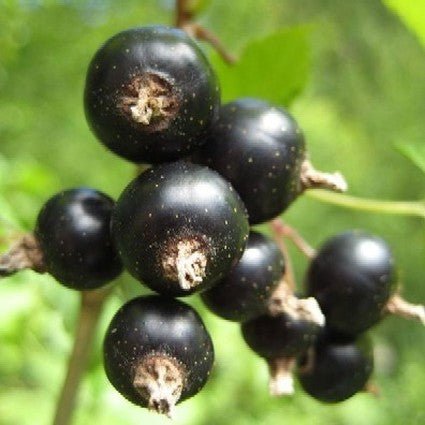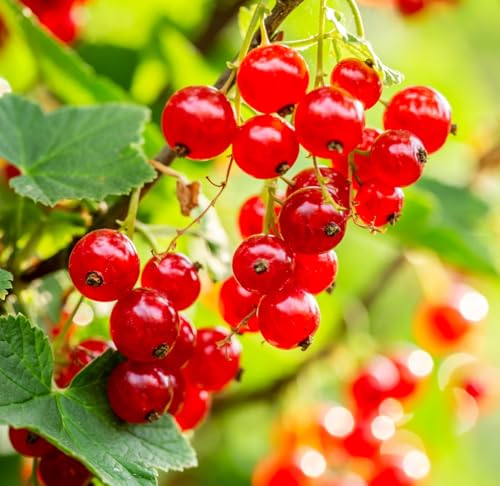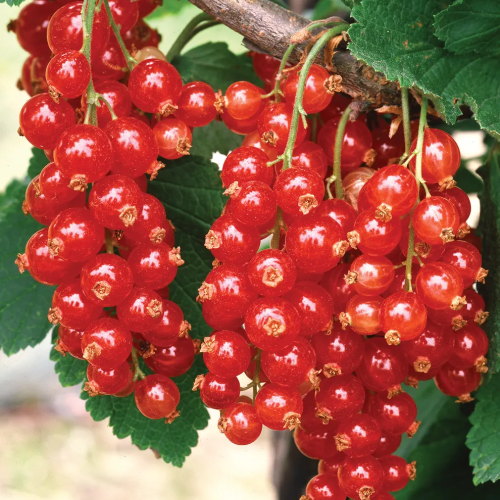How to grow currants – these healthy and easy-to-grow fruits thrive in cooler climates and are perfect for jams, jellies, and baking
Discover how simple it is to grow black, red, and whitecurrants

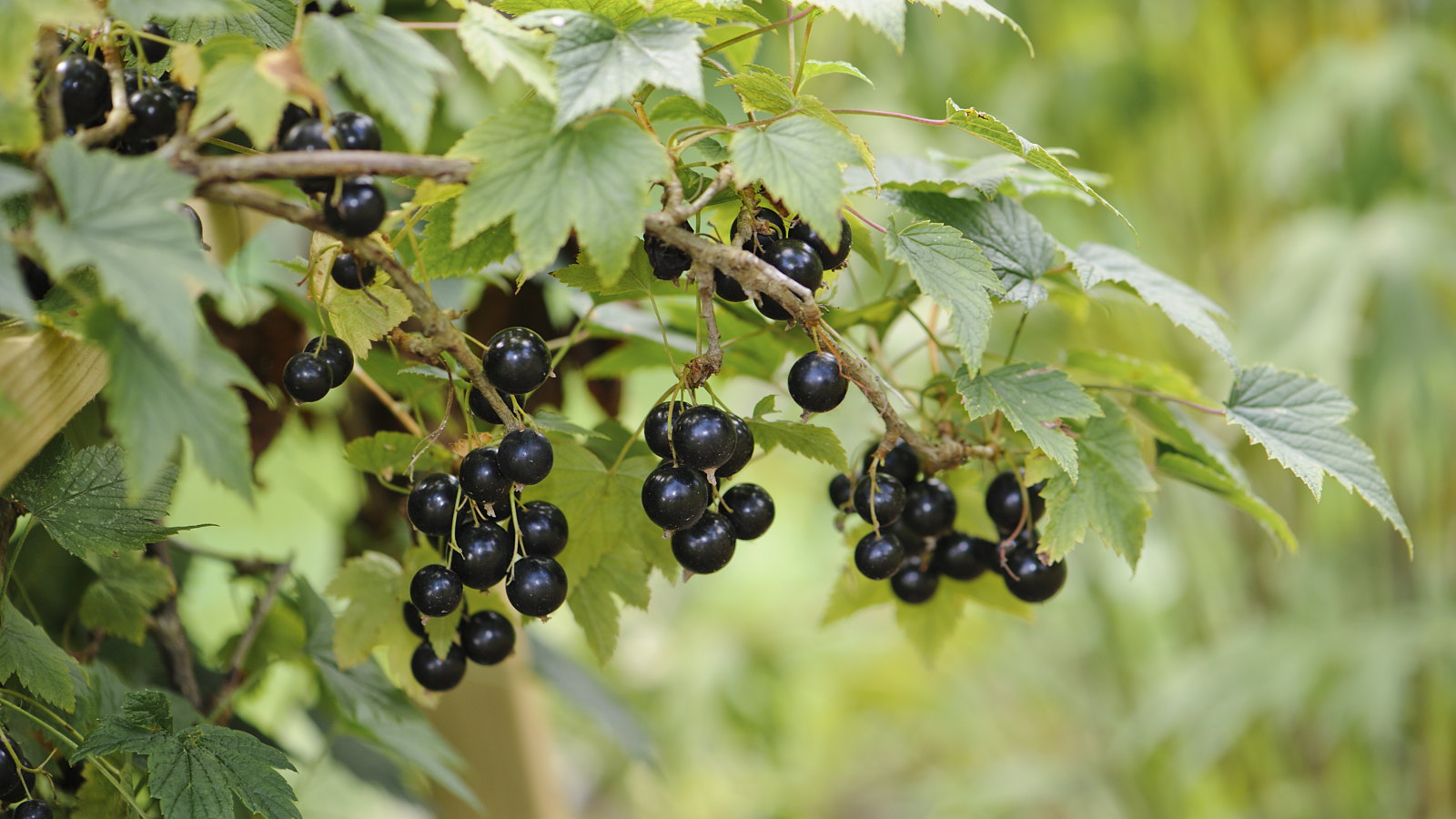
I have grown, maintained, and harvested blackcurrant, redcurrant, and whitecurrant bushes in walled kitchen gardens and on my home plots for many years. I always found them simple to grow, easy to prune, and reliable croppers. To help you learn how to grow currants, I reveal tips I’ve learnt over the years and also spoke to a fruit expert about these fantastic soft fruit bushes.
Banned in the United States for many years until recently, blackcurrants, redcurrants, and whitecurrants are soft fruit bushes that produce prolific harvests of small fruits packed with vitamin C and with a range of uses.
If you want sweet and tangy fruits for jams, jellies, desserts, syrups, sauces, or to enjoy straight from the bush, you can get that by learning how to grow currants and adding one or more of these reliable fruit bushes to your backyard ideas. So, let's deep dive into these highly recommended soft fruit bushes.
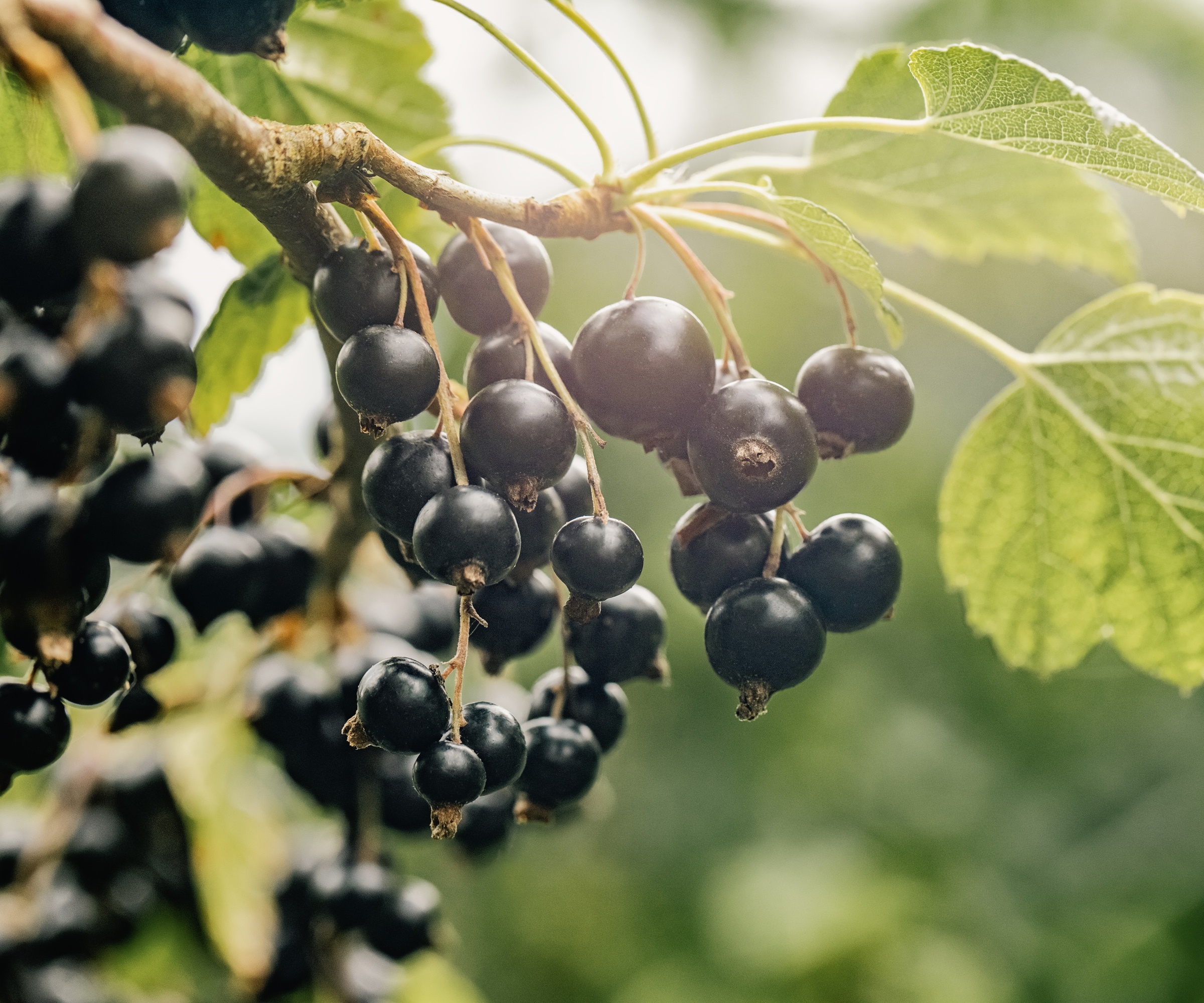
How to grow currants – in focus
If you haven’t seen a lot of currants growing in yards throughout your life, there is a reason for this. The plants are in the Ribes species and were banned in the US for many years due to their susceptibility to white pine blister rust.
This ban has now been lifted in most states, but it is recommended to check whether you are allowed to grow currants in your state before buying or planting any bushes to add to your yard.
Why grow currants?

Currants are easy-to-grow soft fruit bushes that come in black, red, and white varieties, each offering a unique flavor and culinary use. Blackcurrants are tangy and popular for jams and syrups, while redcurrants are best for jellies and desserts, and whitecurrants are the sweetest types, perfect for snacking and baking.
‘Currant bushes (Ribes species) are easy-to-grow, compact fruiting shrubs that produce large clusters of flavorful berries,’ says Katie Brines from Stark Bros. ‘These cold-hardy plants thrive in cooler climates and make an excellent addition to edible landscapes.’
Design expertise in your inbox – from inspiring decorating ideas and beautiful celebrity homes to practical gardening advice and shopping round-ups.
Currants are attractive bushes with unique lobed leaves and stunning fruit. As well as looking great, some types are cold-hardy to US hardiness zones 2 or 3, making them ideal fruit bushes for growers in colder climates.
‘Once a staple in Northeastern U.S. gardens, currant bushes were prized for their high vitamin C content and antioxidants,’ adds Katie. ‘Most cultivated varieties originated in Europe, Asia, and North America, making them exceptionally cold-hardy.’
To pick a perfect currant variety for you, ensure it is suited to your US hardiness zone and ideal for what you want to do with the berries. Given such a range of currants, there are bushes suitable for most locations and desires.

Katie Brines is a gardener and grower, as well as being part of the small marketing team at Stark Bro's. The nursery has provided quality fruit trees, nut trees, berry plants, and garden plants across America for over 200 years.
Where to plant currant bushes
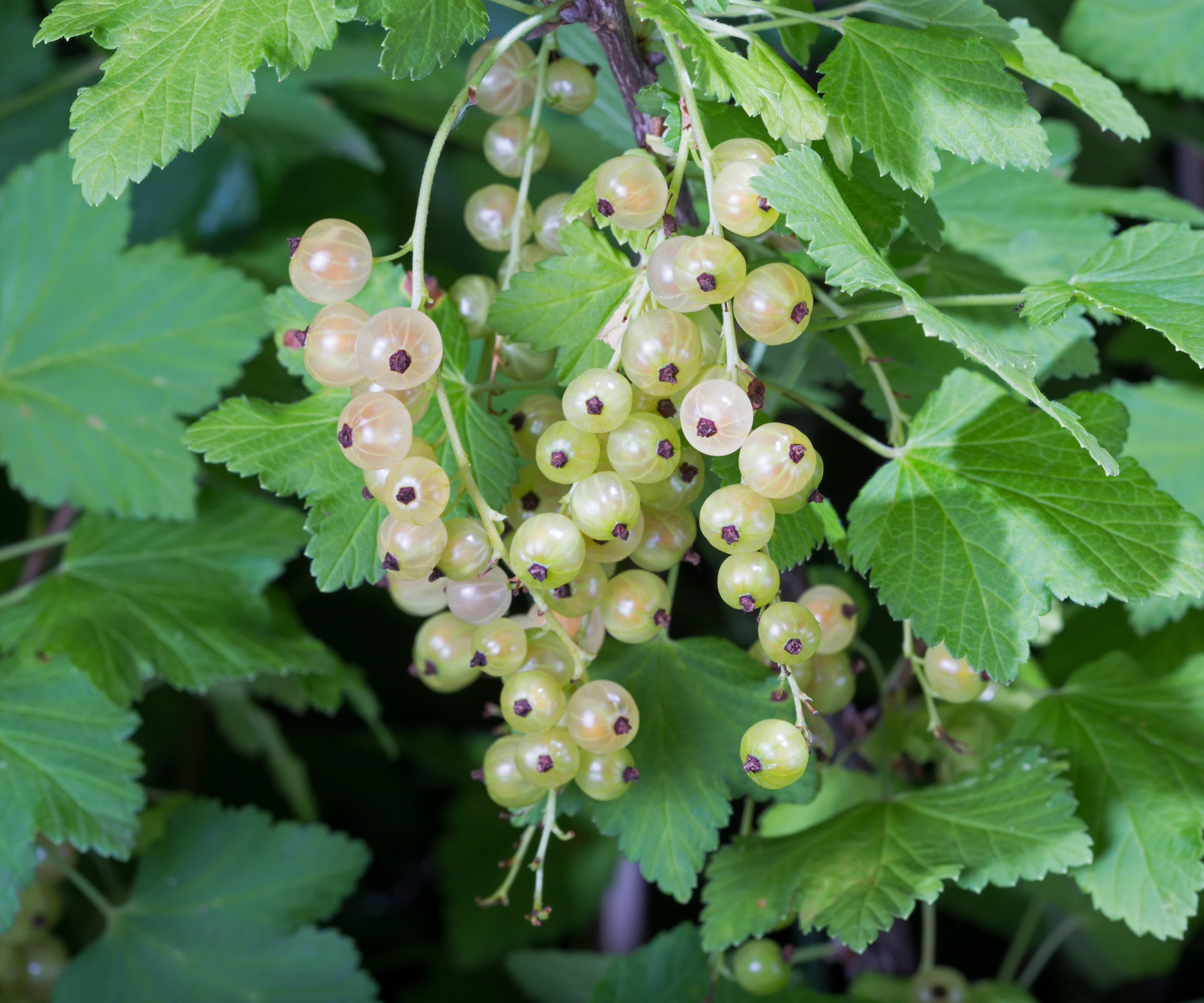
Currant bushes are available as budget-friendly bare-root plants during the dormant season, or you can get container-grown bushes from nurseries, garden centers, or online year-round.
The best time to plant currant bushes is in early spring or fall. For the best crop, get multiple plants. However, this is not essential, as Katie Brines reveals that bushes are self-pollinating. But, the expert does add: ‘Planting multiple varieties can increase yields and improve pollination, leading to larger, more abundant harvests.’
Plant currant bushes into a full sun position in the garden. They can grow in partial shade, but the fruiting will be affected. Where it is beneficial to grow currants in partial shade is in warmer US hardiness zones, as bushes will prefer a bit of afternoon shade during hot summers.
Currants prefer fertile, well-draining soil with organic matter such as compost or well-rotted manure incorporated ahead of time. The ideal soil pH for currants is slightly acidic; doing a soil test before planting can reveal the pH and nutrient levels.
Dig a hole large enough to accommodate the plant’s root network and plant currant bushes at least an inch deeper than they were in the nursery pot to bury the root collar. Space bushes 4-6 feet apart for proper air circulation and healthy growth.
How to grow currants – care tips
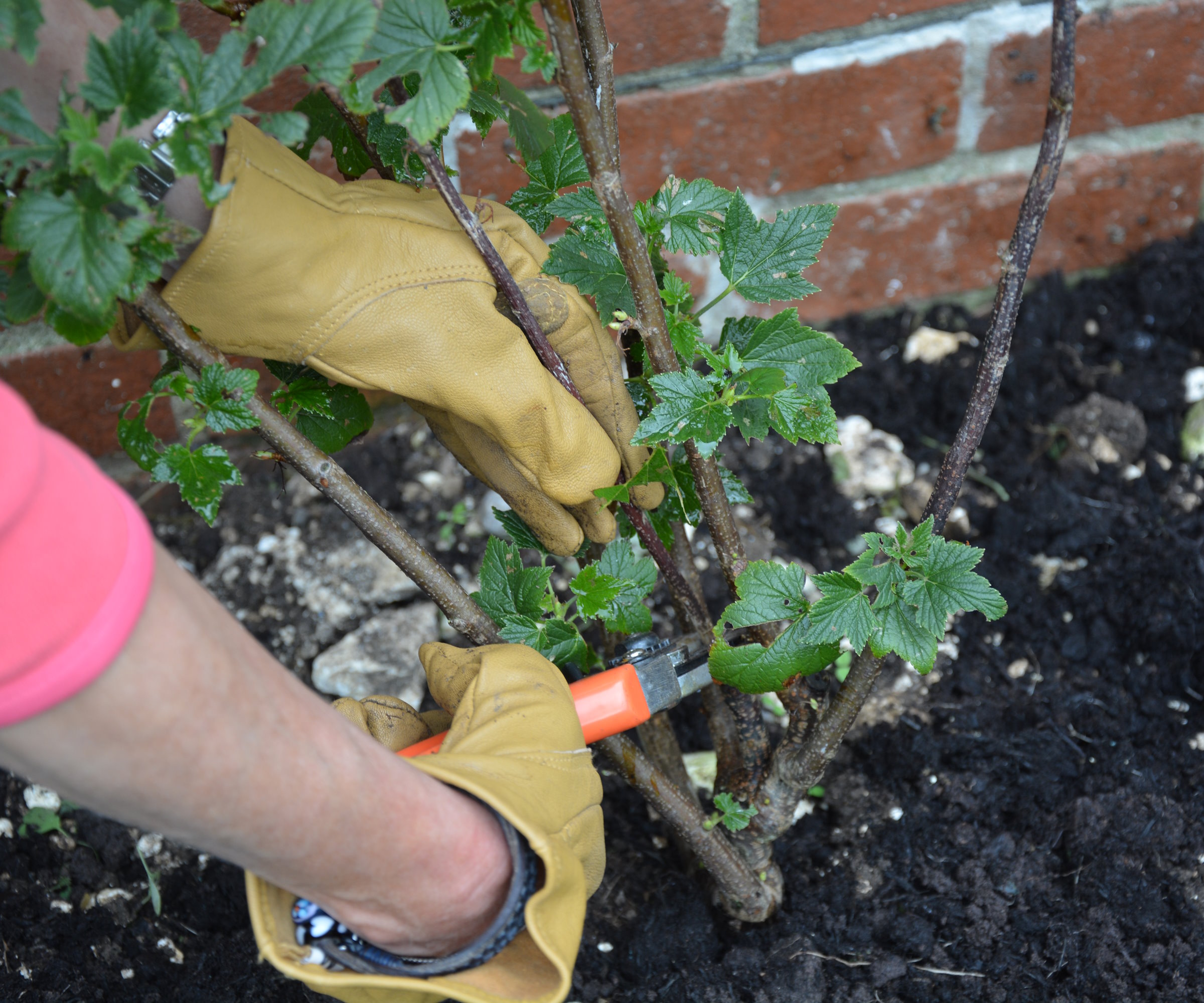
- Watering - New currant bushes will require regular deep watering to get them established after planting. In future years, you want to keep the soil moist, but not waterlogged, from spring until you harvest the fruits. This is especially important during extended dry periods as currant bushes are shallow-rooted plants. Mulching around bushes annually is beneficial to retain moisture in the soil, keep the soil temperature cool, and smother weeds that will compete with currants for water and nutrients.
- Feeding - Currant bushes do not require a lot of fertilizer to produce a strong crop. The best approach is to use a balanced, organic 10-10-10 fertilizer each spring, applied to the soil surface around the bush and watered in well. An example of such a feed is this all-purpose plant fertilizer at Walmart. This one application, along with mulching with organic matter in spring, is often enough to provide the required nutrients.
- Pruning - Annual pruning is a key maintenance task for keeping plants healthy and vigorous. Prune currant bushes in late winter and early spring, and start with all of them by removing dead, diseased, damaged, or crossing branches. Pruning blackcurrants requires just a third of the oldest canes to be removed each year. Pruning redcurrant or whitecurrant bushes involves removing canes older than three years old, and cutting back side shoots by a third in size.
- Harvesting - Protect the soft fruit from birds by covering the bushes with netting once the berries form. Start picking the ripe currents in early summer once they have developed their final color. Cut the entire bunch once all the fruits are ripe, before then removing the individual berries. This prevents making the harvesting mistake of damaging the delicate berries by attempting to remove them one at a time from the bush.
- Propagation - You can propagate new currant bushes by taking plant cuttings in winter of your favorite types. Take hardwood cuttings of the current season’s growth with clean and sharp pruning shears, and trim them to 8-10 inches in length by cutting below a bud at the bottom and above one at the top. Dip the cuttings in rooting hormone (such as this rooting hormone at Amazon) and place the cuttings into the ground or a pot filled with a quality potting mix.
Another great fruit bush ideal for colder climates is the honeyberry. These bushes are cold-tolerant down to US hardiness zone 2, and the unique elongated fruits are the color of blueberries but taste like a cross between blueberries and raspberries.
This guide to how to grow honeyberry plants reveals all you need to know, from planting in the right spot to maintaining and harvesting the fruits.

Drew has worked as a writer since 2008 and was also a professional gardener for many years. As a trained horticulturist, he worked in prestigious historic gardens, including Hanbury Hall and the world-famous Hidcote Manor Garden. He also spent time as a specialist kitchen gardener at Soho Farmhouse and Netherby Hall, where he grew vegetables, fruit, herbs, and cut flowers for restaurants. Drew has written for numerous print and online publications and is an allotment holder and garden blogger. He is shortlisted for the Digital Gardening Writer of the Year at the 2025 Garden Media Guild Awards.
